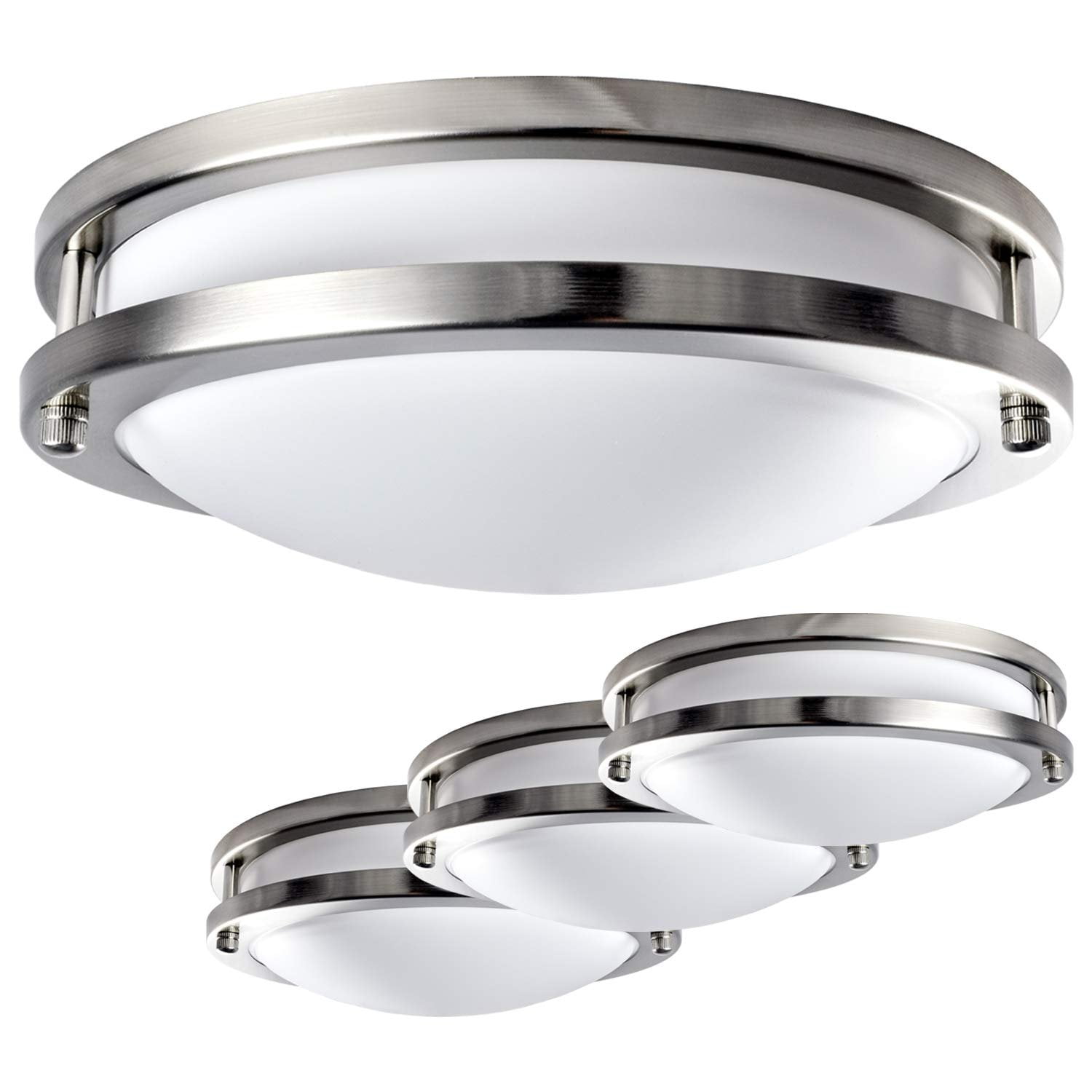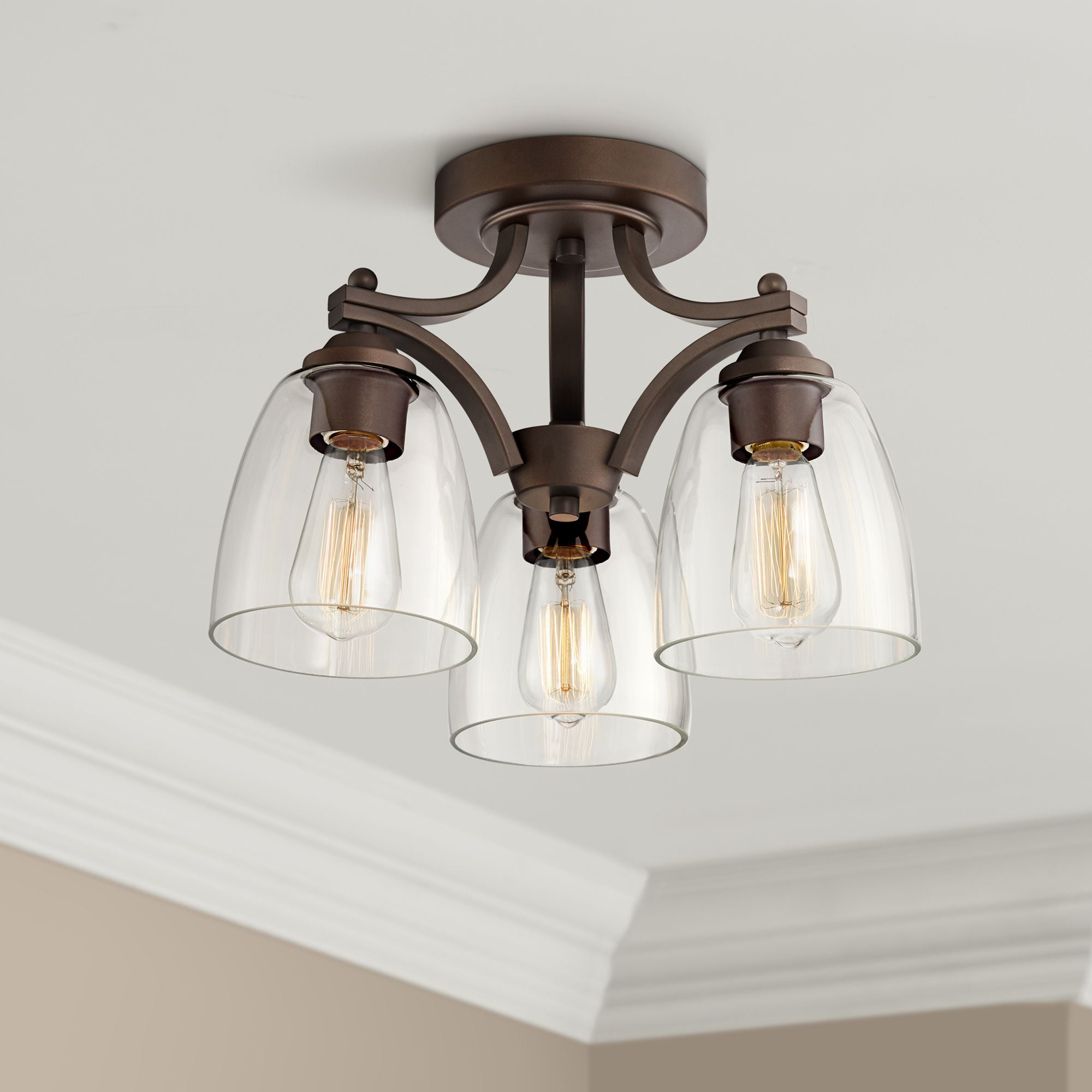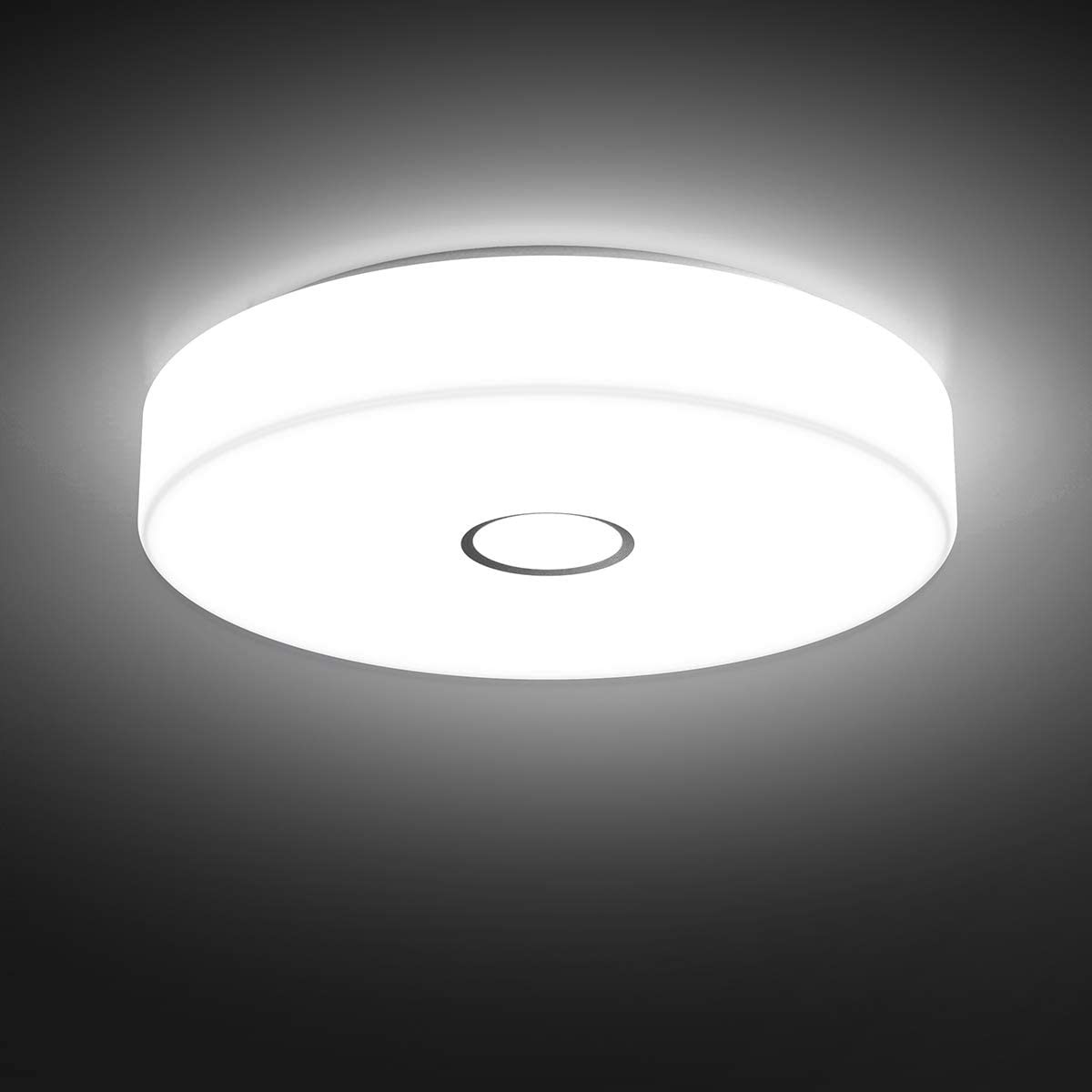Bathroom Ceiling Light Troubleshooting

Flush bathroom ceiling lights – Bathroom ceiling lights are an essential part of any bathroom, providing illumination for tasks such as shaving, applying makeup, and showering. However, like any electrical fixture, they can sometimes experience problems. This guide will provide a detailed overview of common bathroom ceiling light issues, their causes, and how to troubleshoot and resolve them.
Before attempting any troubleshooting, it is important to ensure safety. Always turn off the power to the light fixture at the circuit breaker or fuse box before performing any work. Additionally, wear gloves and safety glasses for protection.
Identifying the Problem
The first step in troubleshooting a bathroom ceiling light is to identify the problem. Some common symptoms of a malfunctioning light fixture include:
- The light does not turn on.
- The light flickers or dims.
- The light makes a buzzing or humming noise.
- The light fixture is hot to the touch.
Once the problem has been identified, you can begin to troubleshoot the issue.
Flush bathroom ceiling lights cast a gentle glow, illuminating the space with an ethereal radiance. But when moisture builds up, the vent fan duct becomes essential, whisking away excess humidity and preventing condensation from settling on the ceiling. With its efficient air circulation, the bathroom vent fan duct ensures that the room remains fresh and well-lit, allowing the flush bathroom ceiling lights to shine brightly without fear of dampening.
Locating the Source
Once you have identified the problem, the next step is to locate the source of the issue. This can be done by visually inspecting the light fixture and its components. Look for any loose wires, damaged insulation, or burnt-out bulbs.
If you are unable to locate the source of the problem visually, you can use a multimeter to test the electrical components of the light fixture. A multimeter is a device that measures voltage, current, and resistance. By testing the different components of the light fixture, you can determine which component is causing the problem.
Resolving the Issue
Once you have located the source of the problem, you can begin to resolve the issue. This may involve replacing a burnt-out bulb, tightening a loose wire, or repairing damaged insulation. In some cases, you may need to replace the entire light fixture.
If you are not comfortable working with electricity, it is best to call a qualified electrician to resolve the issue.
Flush bathroom ceiling lights, with their recessed design, provide ample illumination without taking up valuable space. For a touch of retro charm, consider pairing them with vintage bathroom vanity lights. These fixtures, often adorned with intricate details and warm hues, evoke a sense of nostalgia while adding a sophisticated touch to your bathroom.
The combination of recessed ceiling lights and vintage vanity lights creates a harmonious balance of functionality and aesthetic appeal, transforming your bathroom into a sanctuary of both comfort and style.
Types of Bathroom Ceiling Lights

Bathroom ceiling lights are an essential part of any bathroom design. They provide the necessary illumination for tasks such as shaving, applying makeup, and getting dressed. There are many different types of bathroom ceiling lights available, each with its own unique features and benefits.
Flush Mount Lights
Flush mount lights are a popular choice for bathrooms because they are low-profile and provide even lighting. They are mounted directly to the ceiling, so they do not take up any extra space. Flush mount lights are available in a variety of styles, from traditional to modern.
Semi-Flush Mount Lights
Semi-flush mount lights are similar to flush mount lights, but they have a slightly larger profile. This allows them to provide more light than flush mount lights. Semi-flush mount lights are also available in a variety of styles.
Pendant Lights
Pendant lights are suspended from the ceiling by a cord or chain. They are a great way to add a touch of style to a bathroom. Pendant lights are available in a variety of shapes and sizes, so they can be used to create a variety of looks.
Recessed Lights
Recessed lights are installed into the ceiling, so they are flush with the surface. This makes them a great choice for bathrooms with low ceilings. Recessed lights are available in a variety of sizes and shapes, so they can be used to create a variety of looks.
Chandeliers
Chandeliers are a luxurious way to light a bathroom. They are typically made of crystal or glass, and they can add a touch of elegance to any space. Chandeliers are available in a variety of sizes and styles, so they can be used to create a variety of looks.
Bathroom Ceiling Light Installation and Maintenance: Flush Bathroom Ceiling Lights

Installing and maintaining bathroom ceiling lights requires careful attention to safety and functionality. This guide provides step-by-step instructions, safety precautions, and tips to ensure a successful installation and long-lasting performance.
Safety Precautions
* Turn off the power at the main electrical panel before starting any work.
* Wear insulated gloves and safety glasses for protection.
* Use a non-conductive ladder for stability.
* Inspect the wiring and fixture for any damage before installation.
Tools Required
* Screwdriver (Phillips and flathead)
* Wire strippers
* Electrical tape
* Ladder
* Voltage tester
Choosing the Right Light
* Consider the size and shape of the bathroom.
* Choose a light with a moisture-resistant rating for humid environments.
* Select a light that provides adequate illumination for tasks such as grooming and shaving.
Installation Guide
1. Remove the old fixture: Disconnect the wires, unscrew the mounting bracket, and remove the old light.
2. Prepare the wires: Strip about 1/2 inch of insulation from the ends of the wires.
3. Connect the wires: Twist the bare wires of the fixture together with the corresponding wires from the ceiling. Secure with electrical tape.
4. Mount the bracket: Screw the mounting bracket to the electrical box.
5. Install the fixture: Align the fixture with the bracket and secure it with screws.
6. Restore power: Turn on the power at the main electrical panel and test the light.
Maintenance Guide, Flush bathroom ceiling lights
* Clean the light fixture regularly with a damp cloth.
* Replace bulbs as needed to maintain optimal illumination.
* Check the wiring and connections periodically for any loose or damaged components.
* If any electrical issues arise, consult a qualified electrician.